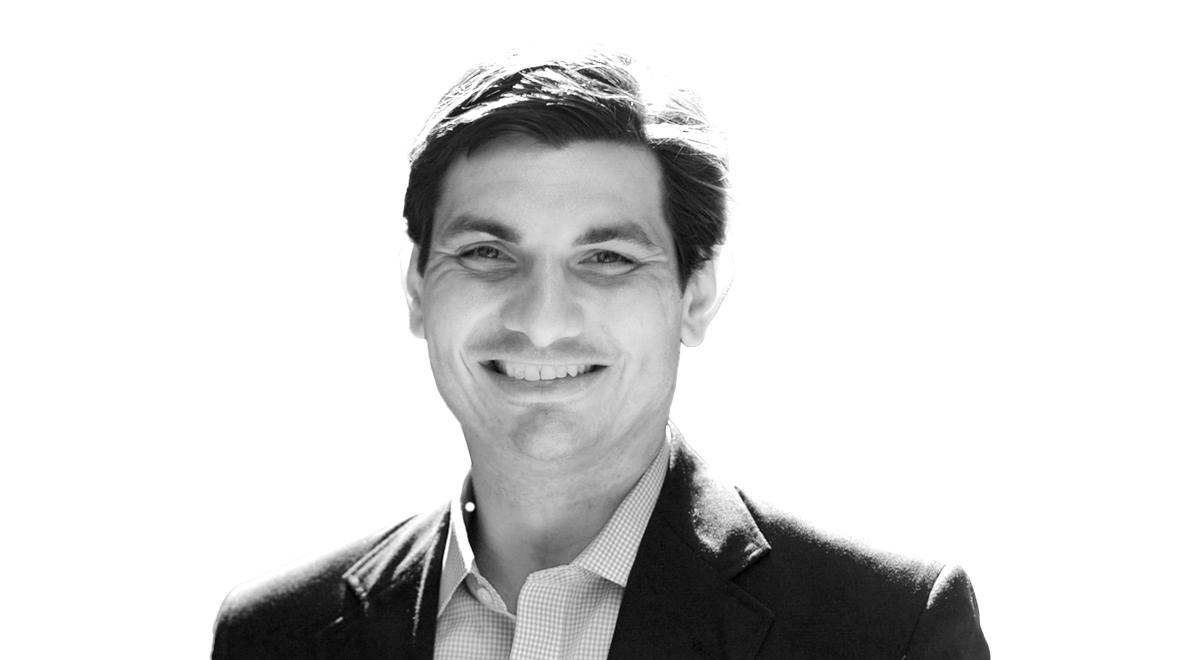Horizon Kinetics portfolio manager James Davolos has a simple message for investors who believe inflation will return to target over the next 6-12 months. They are wrong.
The US asset manager, which became the latest entry into Europe’s burgeoning ETF market earlier this month, believes inflation will be a structural force in the economy over the next few years.
The self-described contrarian investment boutique is playing this conviction through the actively managed Horizon Kinetics Inflation Beneficiaries UCITS ETF (INFBN), a portfolio of 44 hard asset, capital-light stocks positioned to benefit in an inflationary environment.
Speaking to ETF Stream, Davolos (pictured) said: “The market is focusing on cyclical inflation drivers rolling over. However, what investors got inflation wrong is the idea it was going to be transitory on the basis these are one-time demand drivers while supply chains are going to normalise.
“What the crowd is missing is structural inflation drivers leaving sectors like industrial metals, energy, agriculture, food and timber with supply shortages and inelastic demand.”
He added central banks are trying to combat inflation through “demand suppression”, hiking rates to the point that we enter a recession, at which point they could enter back into accommodative fiscal policy.
“This would likely create a second and higher wave of inflation. The structure of the global economy is such that we will go through accommodative versus restrictive policy, setting us up for a longer-term period of higher albeit volatile prices,” Davolos warned.
This conviction has so far paid off for the asset manager across the Atlantic, with INFBN’s US-listed counterpart amassing $1.2bn assets under management (AUM) since launching in November 2021.
“It is similar to a traditional real asset portfolio which is commodities, listed infrastructure, real estate and land, except we overlay a capital-light business model which includes high operating margin, operating leverage, minimal working capital and debt financing,” he said.
“We try to find a business that will compound and grow in value over time through higher quality businesses. You do not necessarily have to have a strong opinion on the cycle or rate. It is complementary to an overall asset allocation.”
Davolos said the ETF issuers has been eyeing up the European market “for a while” following several inquiries from potential clients on the continent.
He noted Europe is also more of a natural fit for hard-asset companies and said the region is more “acutely exposed” to the drivers of structural inflation.
The ETF issuer opted to list on the Euronext Amsterdam, officially listing today, over the London Stock Exchange and admitted: “London would have been the preeminent listing venue prior to Brexit”.
“Listing in the UK now presents challenges for investors in mainland Europe and even some southeast Asian investors while UK-based investors have very little trouble transacting on Euronext,” Davolos explained.
“Multiple potential investors we were having preliminary discussions with hinted at having a strong preference for a mainland Europe listing, more out of anticipating potential issues down the road as the process continues to evolve.”
He added the firm would hopefully run “multiple ETFs” in Europe over time. It currently runs five strategies in the US including blockchain development, energy and remediation, medical and SPAC ETFs.



